On September 14, 2013, students scavenged a 50 meter portion of Ocean Beach for sand crabs. The wind was strong and water was cold but we were persistent to dig deep into the sand under the heavy rain to find sand crabs. We walked along the beach experiencing the habitat that most organisms can not live in but the habitat sand crabs call “home sweet home”. From the bigger pregnant females, to the smaller males, we realized the importance of sand crabs.
We learned that sand crab monitoring is important because the data collected contributes to a better understanding of the health of the beach. Variation in sand crab abundance can also help indicate this. [ We believe that coastal squeeze is going to be a bigger issue in the future and affect the health of the beaches. ] Sand crabs are a common food source for many animals on the beaches in California. Surfperch, surf scoters, and shore birds along with many other organisms depend on sand crabs to stay alive. Sand crabs are crucial to the ecosystem if not the most important and abundant species on the beaches in California.
Of Sand Crab’s predators the most dangerous of all is us, humans. Sand crabs provide many uses to humans, such as a fishing bait for both recreational and commercial use, in southern California as many as two million sand crabs are used for bait annually. Sand Crabs also serve as indicators to detect levels of DDT and domoic acid. However, humans may correlate with sand crabs in another way. There is a possibility that human disturbances such as oil spills correlate with the the abundance of sand crabs on the beach.
The Farallones Marine Sanctuary Association‘s study on the Pacific mole crab relates to our question of ”Do human disturbances impact sand crab populations on Ocean Beach?” because it provides the information that environmental factors are a crucial variable in the variation of sand crab populations on a beach. The study also provides an explanation that waves play a role in the distribution of sand crabs along the beach. Waves continuously redistribute sand crabs along the beach and do not deposit crabs uniformly along the beach.
The Farallones Marine Sanctuary Association’s Study on the Pacific mole crab gives another possibility that the abundance of sand crabs on the beach is impacted by all environmental factors. Environmental factors include things such as the weather, the living and the non-living. Human disturbances such as oil spills, pollution and sewage spills and environmental factors all could potentially affect sand crab populations.
The array of possible impacts makes it hard to claim that human disturbances are the direct root of lack or increase of sand crab abundance without any concrete data. The Farallones Marine Sanctuary Association’s study on the Pacific mole crab provides information that there are too many factors that can impact sand crabs to correlate sand crab abundance with only one factor such as human disturbances.
As we walked in the wet sand and heard the crashing waves behind us, we collected data that contributed to a history of sand crab information that is shown above. We tried to correlate human disturbances with sand crab abundances but we were not able to prove that human disturbances affect sand crab populations. In 2007, there was the Cosco Buscan oil spill in the San Francisco Bay that we thought would surely affect sand crab populations. We thought wrong. In fall 2007, there were 0.59 sand crabs per core which was not a dramatic difference from the other years where an oil spill did not occur.
Various reason could account for why the oil spill did not affect sand crab popluations. One reason may be that the spill was cleaned up quickly and efficiently. Another reason could be that the spill did not seep to the beach where the sand crabs live. The spill might stay in one spot which might not affect the entire sand crab population.
What has other research found in regards to the effect of oil spills on sand crab population?
In their reaserch of the Cosco Buscan oil spill, professors Charles H. Peterson and Jacqueline Michel’s article illustrate the expected outcome of the spill; “large numbers of dead E. analoga on oiled beaches during the Cosco Busan spill is not surprising…the behavior of sand crabs and their great mobility…sand crabs can and do maintain or rapidly restore their abundances on the intertidal beach after major storms.” Their article states that the expected outcome of such an oil spill will kill mass amounts of sand crabs, but will have little to no affect on their population.
Our results agree with their findings; even during and after the 2007 Cosco Busan oil spill the Sand Crab population showed no change. Since the oil spill affects a limited area, that location can quickly be repopulated by new generations from different locations. Over all, oil spills may result in sand crabs dying in that area, but do not affect the general population.
There is not enough data or research conducted that offers concrete evidence on the impact of human activity on the populations of Sand Crabs. What we do know is that variability in things like food availability, water temperature, and location DO influence these trends. What can be assessed is how we as humans affect these factors; does human activity like the fishing industry disrupt the food available to Sand Crabs? Does the burning of fossil fuels and subsequent disruption in oceanic currents and temperatures influence the life history of Sand Crabs? Does the development of coastal areas and beaches limit their habitat? Further research into our impact on these factors can give us more insight into the population trends of Emerita Analoga, and how human activity plays a part in it.
For more information on sand crabs click here




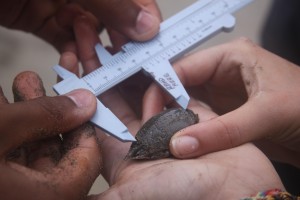
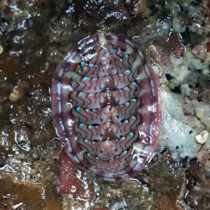

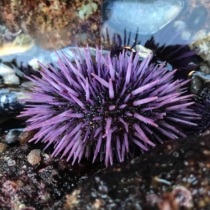

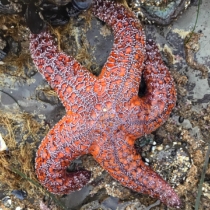
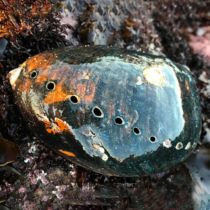


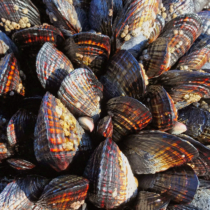
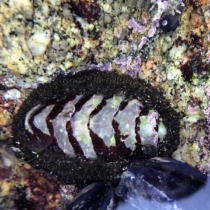
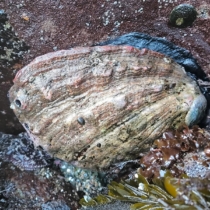
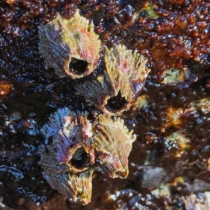
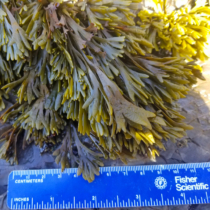
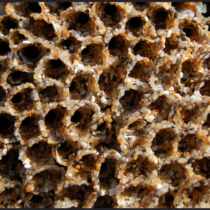
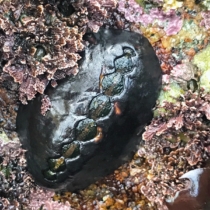
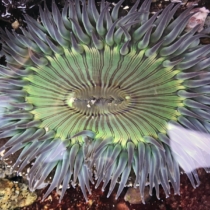
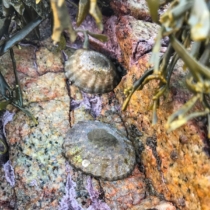


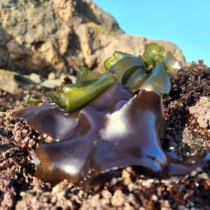
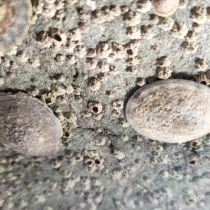
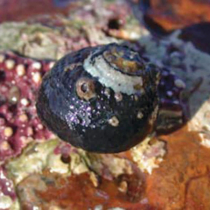
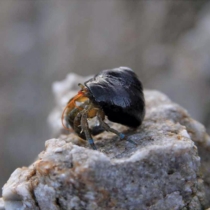
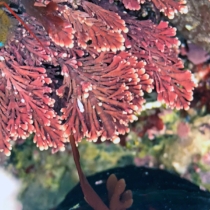
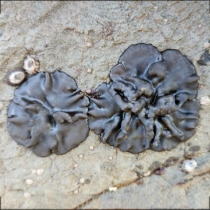
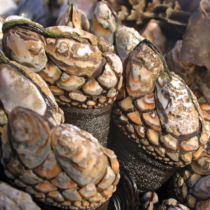

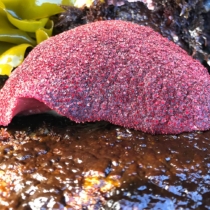
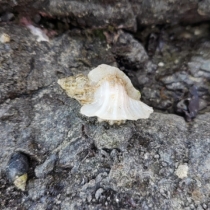
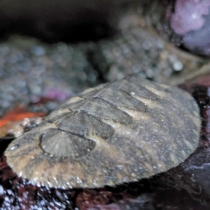
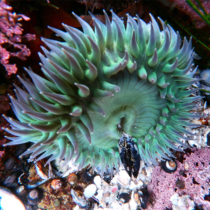
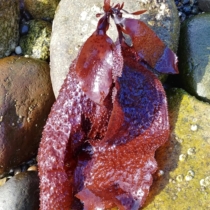

What an interesting topic and research question! The research that you discuss from Peterson and Michel really helps to explain why the LiMPETS data may not show a clear decline in sand crab populations following the Cosco Busan oil spill. But their populations are so variable from year to year. Any thoughts on how we could better track the impact from an oil spill on our sand crabs in the future?
Really thoughtful! I am curious on the aspects of ‘coastal squeeze’ and how that might potentially affect populations? There are large beaches – like Ocean Beach – which it could be less of an issue –but what about the smaller beaches in our area? e.g. Muir Beach? or smaller pocket beaches.
Thank you Abby! Yes, coastal squeeze could limit the available habitat to new generations and subsequently limit their population growth and stability. Additionally coastal squeeze can have the same affect on shorebirds that feed on Sand Crabs. By limiting the area in which shorebirds feed, sand crab populations could become unstable due to the lack of predation from shorebirds.
Very engaging! Since it was written like a story it was easy to follow and easy to understand your data and arguments. Also, the use of hyperlinks was good because I didn’t know what coastal squeeze was but I just went to the link to learn more about it. I also liked that you gave a different perspective on crab populations since my group studied this as well. I’m curious if you think coastal squeeze will directly affect sand crabs since an oil spill, which is usually very harmful, didn’t really change their population?
–LL
THIS IS GREAT, GUYS! Very informative. It would’ve been interesting to read more on the ‘coastal squeeze’ and what you think may happen to the populations. Like Abby said, how might the ‘coastal squeeze’ affect larger beaches and smaller beaches. There are a few things that could use a little more explaining such as how sand crabs help indicate DDT and domoic acid levels.
Do you think you could find a way to determine how much human activity has impacted the sand crab population? Overall, great job and I love the photos.
I thought this was very interesting. I would think that the oil spill would have had a more dramatic effect on their population, but I was surprised that it didn’t. Like you were saying, this poses a lot of questions. Maybe the spill just didn’t come near them, but maybe the spill didn’t affect the sand crabs that much. I would be fascinated to find out why.
Thank you for posting. Since I didn’t go on the research, I find this post very helpful. I was surprised how much an oil spill can significantly effect an organism’s population. I’ve read that the oil from oil spill can persist in sediments for many years, where it is very slowly removed by natural processes. Do you know how this will effect the sand crabs in the long run?
K.A